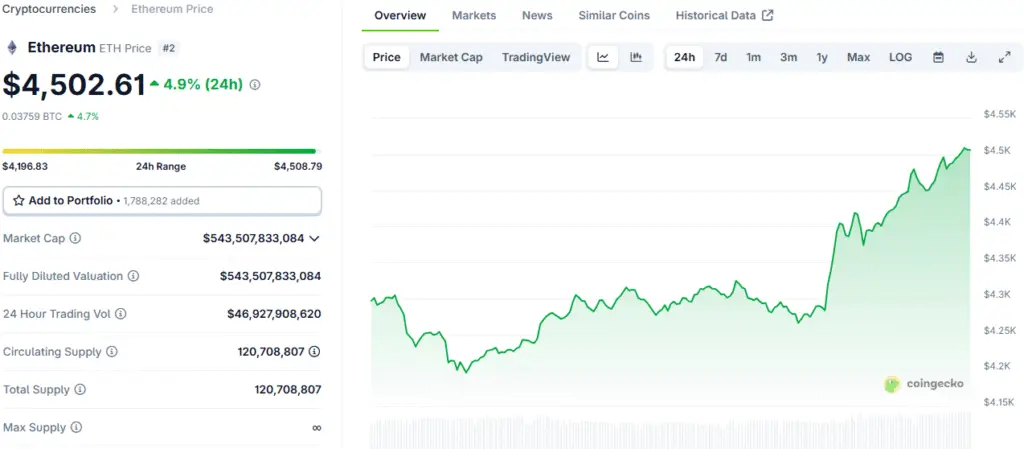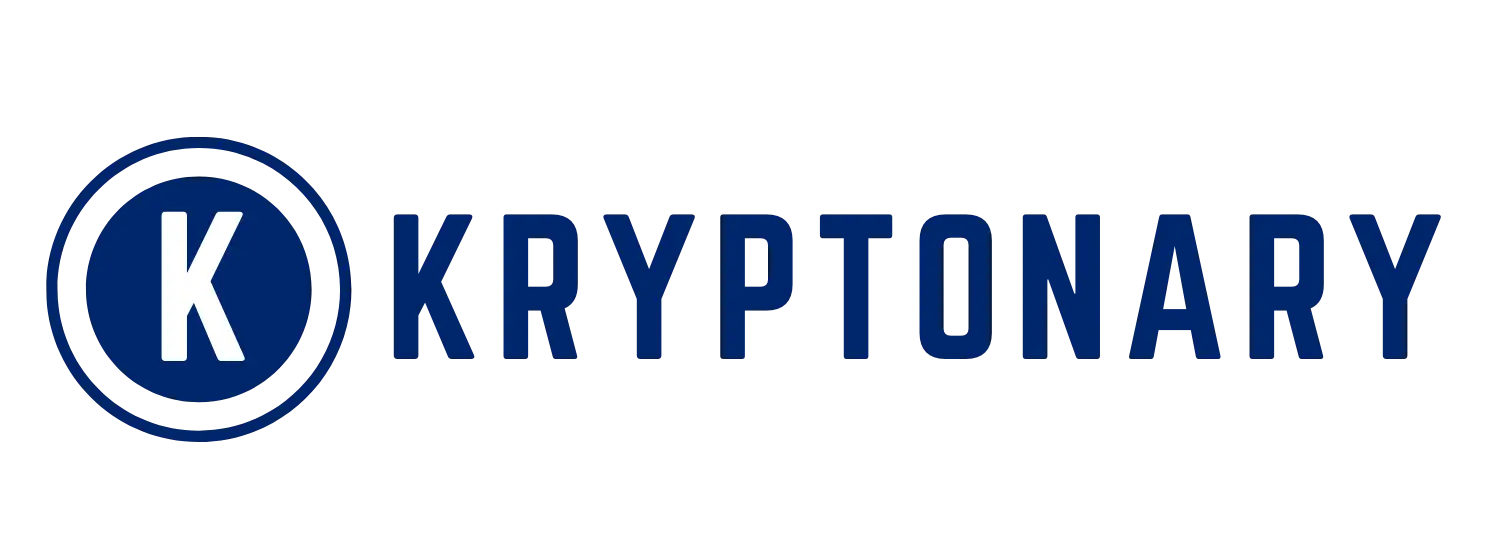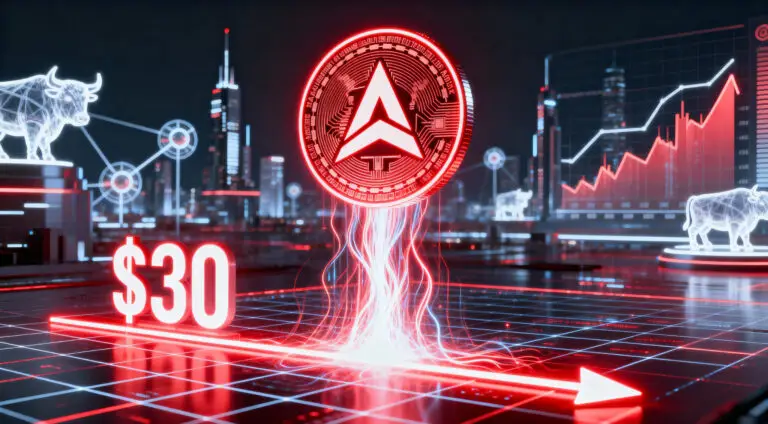Ethereum at 10: The Fight for Its Soul and Future Dominance
Ten years ago, Ethereum was launched to introduce a revolutionary concept to the world: a programmable blockchain. By adding smart contract functionality and composability to the foundational innovation of Bitcoin, Ethereum quickly established itself as the leading platform for decentralised applications. However, a decade later, the project faces a complex and loaded question about its future. With the rise of highly competitive next-generation layer-1 blockchains, Ethereum’s long-standing dominance is under new scrutiny.
This complex narrative is the subject of a new Cointelegraph mini-documentary titled “The Fight for Ethereum’s Soul.” The film brings together some of the brightest minds in the Ethereum community, including founders, CEOs, and key builders from the Ethereum Foundation, Polygon, and Dune Analytics, to discuss the protocol’s current state and its evolving role in the Web3 ecosystem.

The Pivotal Shift to Proof of Stake
One of the most significant moments in Ethereum’s history was its massive upgrade from a proof-of-work (PoW) consensus algorithm to a proof-of-stake (PoS) system. This monumental event, often referred to as “The Merge,” was akin to replacing a car’s engine while it was speeding down the highway. The change moved Ethereum away from Bitcoin’s energy-intensive computational approach to a new system where validators secure the network by staking ETH tokens.
This shift fundamentally altered the protocol’s mechanics, making it more energy-efficient and scalable. While this was a technological triumph, it also created new economic dynamics. With the PoS system, validators’ core incentive to maintain the network is tied to the fees generated on the base layer, a factor that has become increasingly complex as the ecosystem has evolved and new layers have emerged to handle a growing volume of transactions.
The Rise of a Layer 2-Centric Ecosystem
As Ethereum grew, it faced a fundamental problem common to all blockchain networks: its base layer could not handle the sheer volume of transactions demanded by a rapidly expanding ecosystem of users, applications, and services. To solve this scalability challenge, the Ethereum community embraced a layer 2-centric approach. This strategy involves shifting the execution of transactions and asset creation to separate infrastructure layers built on top of the main blockchain.
These layer 2 networks leverage advanced cryptographic techniques, such as ZK-proofs, to submit trustless evidence of transactions to Ethereum’s base layer. While this approach dramatically improved speed, reduced costs, and brought much-needed scale, it also had an inevitable consequence: the fragmentation of liquidity and a shift in economic incentives for validators. With more and more activity happening on layer 2s, the fees on the base layer dropped, creating a new set of challenges for the network’s long-term sustainability.
Pectra and Dencun Shaping the Network’s Future
The Ethereum ecosystem continues to evolve through a series of key upgrades. The Pectra upgrade in May 2025 was the most significant change since The Merge in 2022. It introduced 11 Ethereum Improvement Proposals (EIPs) to enhance scalability, user experience, and staking efficiency by combining hard forks from the Prague execution layer and the Electra consensus layer. Pectra built upon the Dencun upgrade of 2024, which famously introduced Blobs via EIP-4844, also known as proto-danksharding.
Blobs provided a new, cheaper way for layer 2s to post transaction data on the main layer, with a dramatic impact: L2 transaction fees plummeted by 90%. While this was a massive technological boon for users, it created an economic drawback for L1 validators, who saw their fee revenue, a core incentive for their work, significantly reduced. As Fredrik Haga from Dune Analytics notes, while most transactions are now on L2s, the “big money is still clearly on L1,” highlighting a tension between technological innovation and economic reality.
A Balancing Act Between L1 and L2
The central theme of the documentary, and a major point of debate within the community, is the delicate balancing act between the Layer 1 (L1) and Layer 2 (L2) ecosystems. Ethereum France president Jerome de Tychey notes that the community is now emphasising both L1 scalability and the sustainability of L2s. The focus is on creating a symbiotic relationship where L2s provide performance and affordability while L1 remains the secure and decentralised settlement layer. However, this is a precarious balance.
The question remains: how does the Ethereum L1 ensure that validators are sufficiently incentivized to secure the network without getting into a performance war with new-age, highly optimised L1s like Solana, Sui, and Aptos? As Polygon Labs CEO Marc Boiron suggests, if Ethereum tries to compete too heavily on execution speed, it risks getting out-competed by blockchains that are built from the ground up for that specific purpose. The core value of Ethereum, he argues, is as the best settlement layer, a decentralised and sovereign-resistant foundation for the entire Web3 world.
The Growing Role of Real-World Assets
Despite the ongoing technical and economic debates, the future of Ethereum is buoyed by its growing utility, particularly in the realm of tokenized real-world assets (RWAs). More than 90% of all tokenized RWAs are being built on the Ethereum network. This includes some of the most significant players in traditional finance, such as BlackRock, the world’s largest asset manager, which is using Ethereum to tokenize securities.
This influx of institutional interest and capital demonstrates the network’s trusted and proven status. Even Robinhood, a major retail investment platform, launched its own Ethereum-based layer 2 aimed specifically at RWA and securities tokenization. This trend signals a powerful fusion of traditional finance and the decentralised world, with Ethereum serving as the critical infrastructure. For many, this is the ultimate validation that Ethereum is not just a platform for speculative crypto assets but a fundamental layer of the future global financial system.
The Next Decade of Ethereum Innovation
The conversations captured in the Cointelegraph documentary reveal a community that is optimistic about Ethereum’s future, but this optimism is rooted in utility and on-chain metrics rather than a blind fervour. Co-executive director of the Ethereum Foundation, Tomasz Stańczak, believes that DeFi will eventually dominate all global markets and that it will all happen on Ethereum. The focus now is on unifying liquidity, improving interoperability, and creating a seamless user experience across all the chains that make up the Ethereum ecosystem.
The next decade will be defined by how successfully the community can navigate the challenges of scaling while staying true to its core value proposition of being a highly decentralised, sovereign-resistant settlement layer. As Polygon co-founder Sandeep Nailwal succinctly puts it, if Ethereum plays to its strengths as a settlement layer, its network effects and momentum are strong enough to ensure that the whole Web3 world will continue to be built around it. The fight for Ethereum’s soul, it seems, is a fight to protect its core identity while building a scalable and inclusive future.
Read More: Ethereum Treasury Huajian Medical Adopts Innovative Strategy














